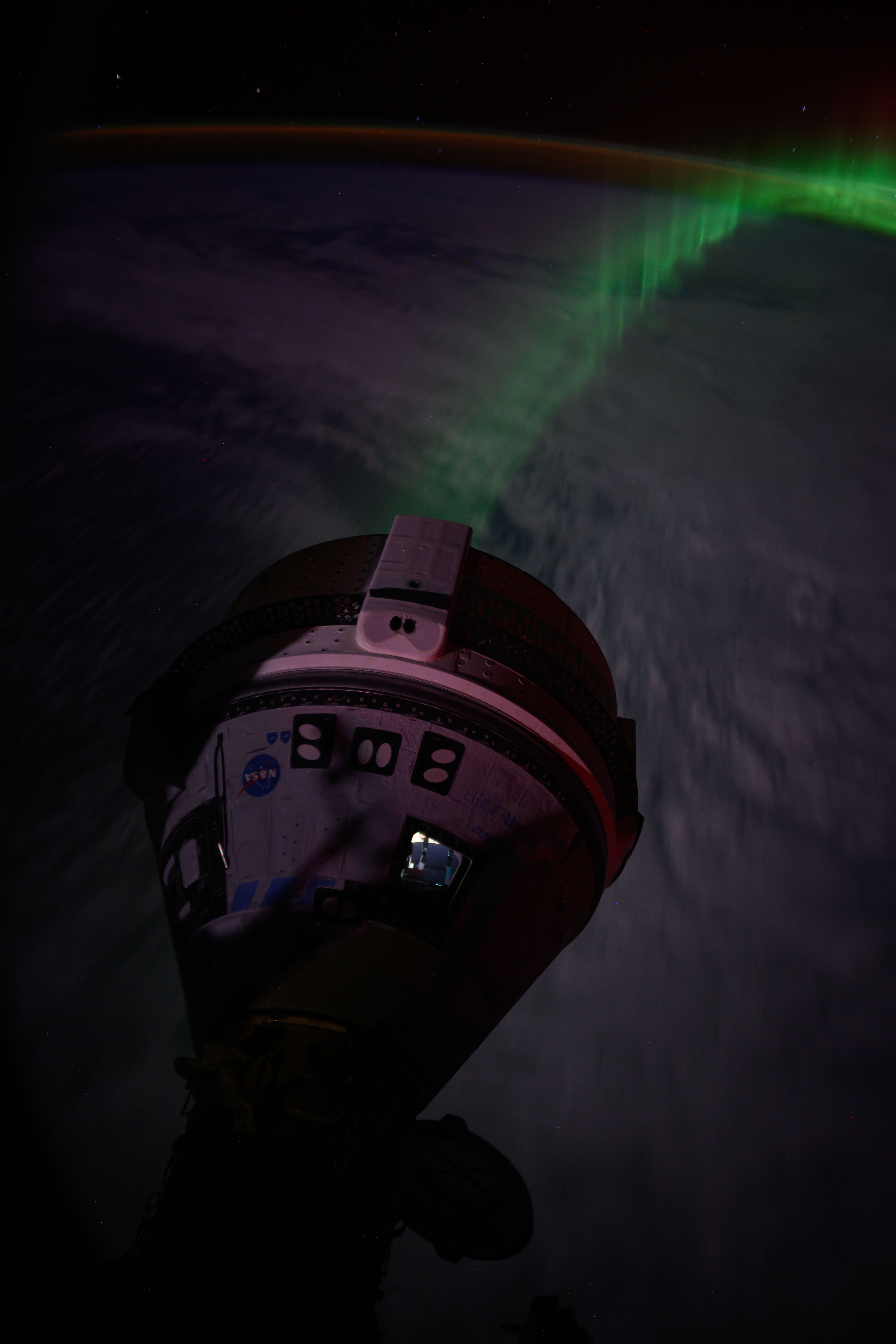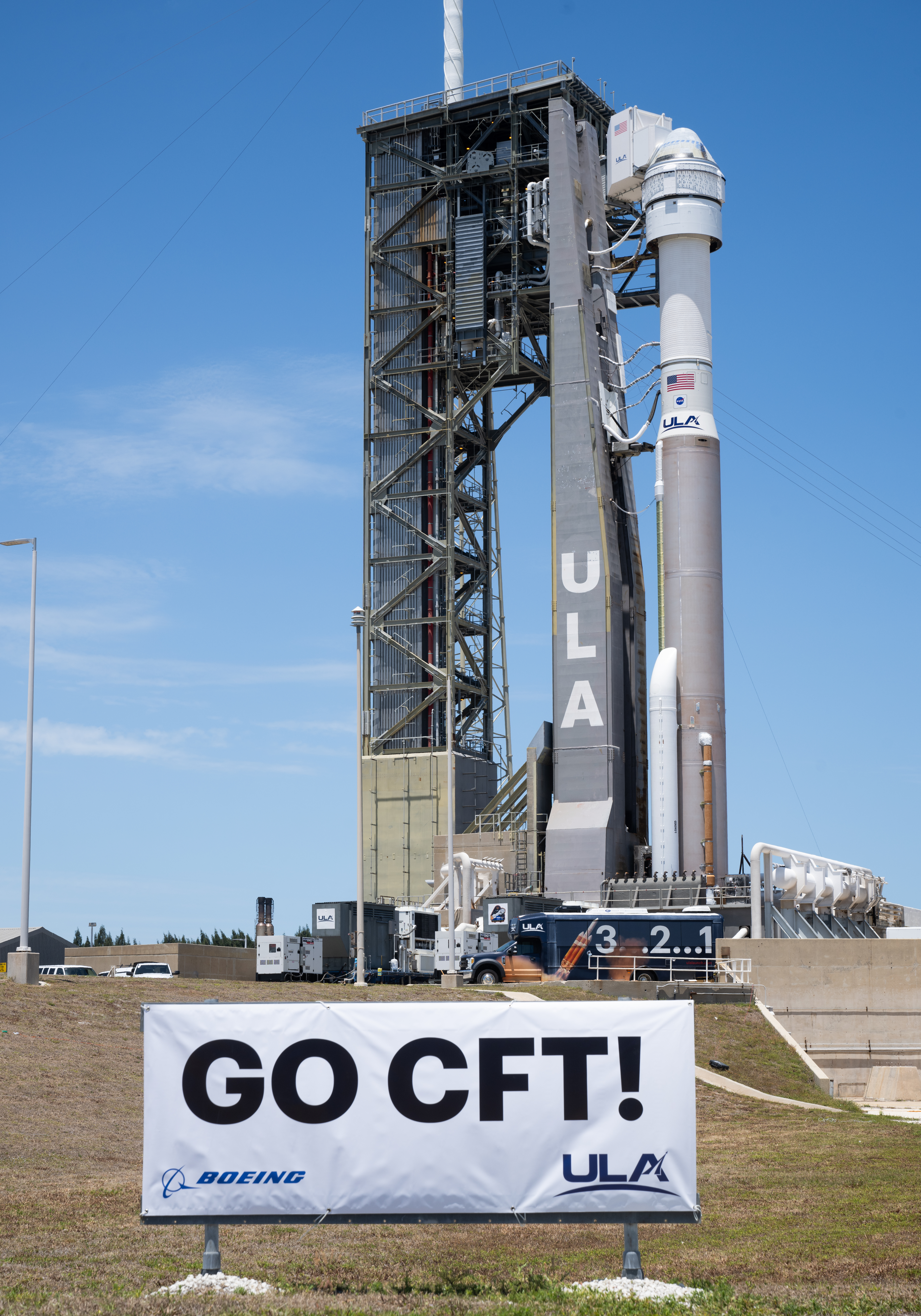
NASA and Boeing leadership are adjusting the return to Earth of the Starliner Crew Flight Test spacecraft with agency astronauts Butch Wilmore and Suni Williams from the International Space Station. The move off Wednesday, June 26, deconflicts Starliner’s undocking and landing from a series of planned International Space Station spacewalks while allowing mission teams time to review propulsion system data. Listen to a full replay of the June 18 media briefing where NASA and Boeing leadership discussed the ongoing efforts.
“We are taking our time and following our standard mission management team process,” said Steve Stich, manager of NASA’s Commercial Crew Program. “We are letting the data drive our decision making relative to managing the small helium system leaks and thruster performance we observed during rendezvous and docking. Additionally, given the duration of the mission, it is appropriate for us to complete an agency-level review, similar to what was done ahead of the NASA’s SpaceX Demo-2 return after two months on orbit, to document the agency’s formal acceptance on proceeding as planned.”
A media telecon with mission leadership will follow the readiness review’s conclusion, and the agency will share those details as they are solidified. Boeing’s Starliner spacecraft remains cleared for return in case of an emergency on the space station that required the crew to leave orbit and come back to Earth.
Mission managers are evaluating future return opportunities following the station’s two planned spacewalks on Monday, June 24, and Tuesday, July 2.
“Starliner is performing well in orbit while docked to the space station,” said Stich. “We are strategically using the extra time to clear a path for some critical station activities while completing readiness for Butch and Suni’s return on Starliner and gaining valuable insight into the system upgrades we will want to make for post-certification missions.”
Wilmore and Williams remain integrated with the Expedition 71 crew, assisting with station operations as needed and completing add-on in-flight objectives for NASA certification of Starliner.
“The crew’s feedback has been overwhelmingly positive, and they know that every bit of learning we do on the Crew Flight Test will improve and sharpen our experience for future crews,” said Mark Nappi, vice president and program manager, Boeing’s Starliner Program.
The crew is not pressed for time to leave the station since there are plenty of supplies in orbit, and the station’s schedule is relatively open through mid-August.
Get the latest mission updates by following the commercial crew blog, @commercial_crew on X, and commercial crew on Facebook.




